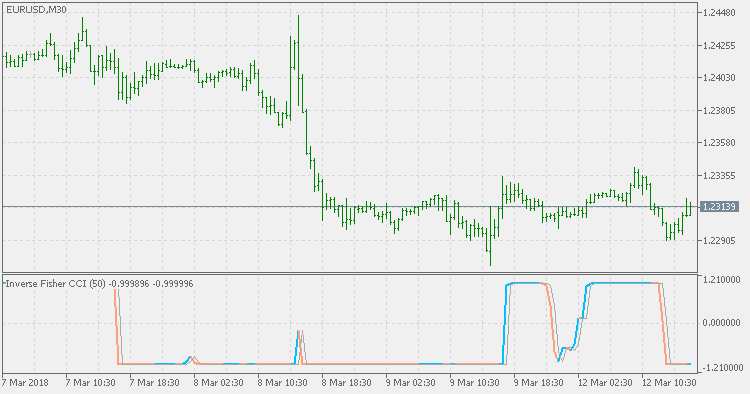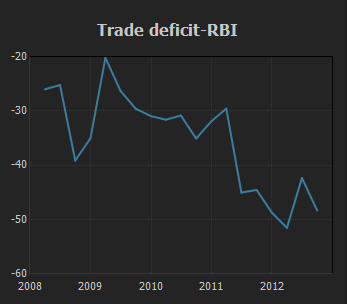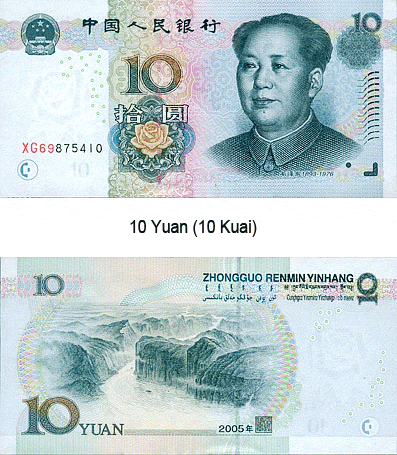
The assets you include will vary in terms of upside and appreciation, though, which means it’s critical to find the best options to help you generate strong returns. A good mix of appreciating assets for the immediate and long-term can position capital appreciation meaning you for growth; but it’s important to pick the right options to make your investment dollar go as far as possible. Stocks, bonds, and alternative investments are just three categories of assets that appreciate in their own ways.
Capital appreciation bonds are backed by local government agencies and are therefore known as municipal securities. These bonds work by compounding interest until maturity, which is when the investor receives a lump sum that includes the value of the bond and the total accrued interest. Appreciation bonds differ from traditional bonds, which typically pay interest payments each year.

Dividend-paying stocks are well-known for their steady performance over time, most with high historical appreciation over the long term. Treasury bonds come with built-in appreciation in the form of set interest rates. Some alternative investments, like farmland investing, come with anticipated rates of return that can offer steady appreciation over a target hold period.
Capital appreciation
They may be an option in some cases, but should be approached with caution. A bond is an IOU — an investor loans the money needed for a specific length of time, at the end of which the bond issuer (i.e., the borrower) pays back the loan with interest. Issuers of conventional bonds pay periodic interest to the bondholders during the term of the bond. By understanding the factors that drive capital appreciation and the different investment vehicles available, you can make informed decisions about how to invest for long-term growth. The higher the returns expected by your investment objectives, the more risk you’ll have to accept for a chance of achieving those returns. Risk does not guarantee higher returns; it only creates the opportunity for higher returns.
When talking about investments, this is known as capital appreciation. Although some investments may be less predictable than others, capital appreciation or depreciation can be forecasted to a certain extent. If, for example, you purchase a stock that pays an annual dividend, you can calculate your expected appreciation rate based on its current performance. Capital appreciation is the difference between the purchase price and the selling price of an investment.
Risks of Capital Appreciation Funds
But investing for capital appreciation is not limited to retirement accounts. This goal involves holding stocks for many years and letting them grow within your portfolio. At the same time, you may be reinvesting dividends to purchase more shares. A successful portfolio should include a variety of appreciating assets.
Eagle Point Income Company Inc. Schedules Release of Second … – Business Wire
Eagle Point Income Company Inc. Schedules Release of Second ….
Posted: Wed, 02 Aug 2023 22:15:00 GMT [source]
Low-risk or no-risk investments outline your returns beforehand, like the yield rate for a CD, and there is no opportunity to earn more than that. Investors who want capital preservation tend to invest in bank CDs, U.S. Treasury issues, and savings accounts. These vehicles offer modest returns but pose much less risk than stocks.
Capital Appreciation – Explained
Compound returns are the greatest force for those focused on capital appreciation. Suppose you were to make a $1,000 investment upfront, and then add $100 per month for the next 20 years. But if your investments were to produce an 8% return each year, compound returns would place your total savings at $59,575.31. While there are a variety of options in terms of investments with historical appreciation, farmland is among the best long-term investments for appreciation. Better still, it can help generate income in the short-term as well, giving it a leg up on other long-term investments.
The capital gain rate for assets held less than 12 months is the individual or business’s income tax rate. Traditionally, school districts have raised money for campus construction projects by issuing municipal bonds, repaying investors’ principal and interest with property tax revenues. But in Texas, school districts face a limit on the amount of debt they can incur.
- These vehicles offer modest returns but pose much less risk than stocks.
- This gives investors exposure to a wide range of equity investments.
- All content on this website, including dictionary, thesaurus, literature, geography, and other reference data is for informational purposes only.
- Capital appreciation can be a powerful way to grow wealth over time.
Bonds include U.S. government securities,
municipal bonds, corporate bonds,
mortgage-backed bonds, foreign government bonds
and others. The lower the risk, however,
the lower the interest rate the investor can
earn. Capital appreciation can be a powerful way to grow wealth over time.
Assets all appreciate (or depreciate) differently, be it due to unique factors like a company’s performance or due to broader causes, such as industry demand. This is all to say that investors are on the hunt for assets with a good track record of appreciation whether they’re buy-and-hold assets or those designed for the short-term. Working with an adviser may come with potential downsides such as payment of fees (which will reduce returns).
What is Capital Appreciation?
This information should not be considered complete, up to date, and is not intended to be used in place of a visit, consultation, or advice of a legal, medical, or any other professional. This website is using a security service to protect itself from online attacks. There are several actions that could trigger this block including submitting a certain word or phrase, a SQL command or malformed data. Thus interest on CAB debt compounds throughout the bond period, which may be years or even decades. This growth has brought new opportunities for Forney’s citizens.
- Most municipal bonds pay
interest on a semiannual basis, at the same rate
over their entire term. - Capital preservation is often thought of as being for retired or nearly retired people who want to make sure they don’t outlive their money.
- The value is theoretical for as long as you hold onto your investment—you haven’t cashed out; thus, you haven’t actually received these expected gains.
- A successful portfolio should include a variety of appreciating assets.
- By following these tips, you can increase your chances of achieving your investment goals through capital appreciation.
The value is theoretical for as long as you hold onto your investment—you haven’t cashed out; thus, you haven’t actually received these expected gains. Once you do, however, you’ve entered the world of capital gains. For many investors, capital appreciation of assets is their ultimate goal for long term growth. Capital appreciation can occur for a number of different reasons. It can sometimes occur passively – without the need for an investor to do anything. Broad macroeconomics factors, such as strong GDP growth, typically have an impact on the appreciation of a wide range of assets.
What’s an Example of an Appreciating Asset?
There are no guarantees that working with an adviser will yield positive returns. The existence of a fiduciary duty does not prevent the rise of potential conflicts of interest. Gains are the profits that you realize by selling an investment. Capital appreciation may occur passively and gradually, without the investor taking any action.

In contrast, others prefer to use a lump sum of capital to create an income stream that never touches the principal but can still provide cash for certain current needs, such as college tuition. Most people have long- and short-term financial planning needs, and they will likely use more than one of these methods at the same time. You want to find the right combination of the four objectives that makes the most sense for you and your goals. Because companies are required to account for any appreciation of their assets, annual reports often contain references to any assets that have appreciated. Financial media look hard at the appreciation of a company’s assets too, especially as it can make the company more attractive as a potential target for a takeover. SmartAsset Advisors, LLC (“SmartAsset”), a wholly owned subsidiary of Financial Insight Technology, is registered with the U.S.
At that time, the full amount of the principal and all interest accrued must be repaid to the investor as a single lump sum. What makes farmland investing unique in terms of capital appreciation and your broader portfolio is that it offers three different forms of value generation. First is the steady farmland value appreciation we’ve seen since the 1990s.

It doesn’t reflect any other changes in the asset’s value, nor does it account for any other forms of income or profit off a given asset. It is how much an asset’s value has grown over what you originally paid for it. It also limits each government’s CAB debt to no more than 25 percent of its total outstanding bond debt.
Capital appreciation, also known as capital gains, refers to the increase of an investment’s value. A capital appreciation fund is a fund that attempts to increase asset value primarily through investments in high-growth and value stocks. These funds may also be called aggressive growth funds, capital opportunity funds, or capital gain funds. An investor purchases a stock for $10, and the stock pays an annual dividend of $1, equating to a dividend yield of 10%. A year later, the stock is trading at $15 per share, and the investor has received a dividend of $1. The investor has a return of $5 from capital appreciation as the price of the stock went from the purchase price or cost basis of $10 to a current market value of $15 per share.